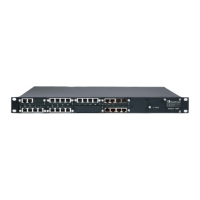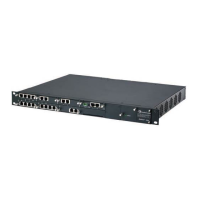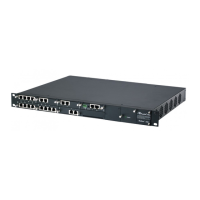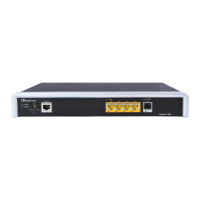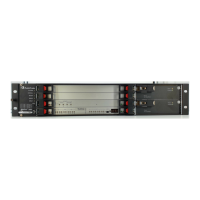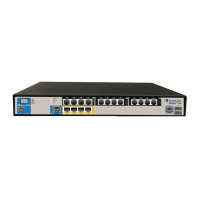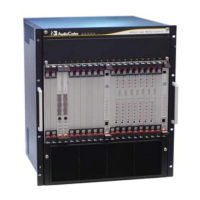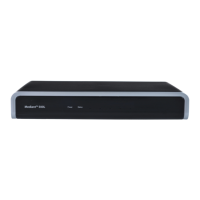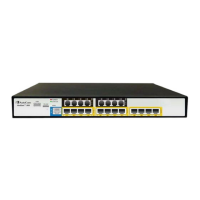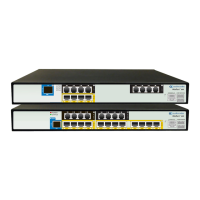User's Manual 546 Document #: LTRT-27045
Mediant 1000B Gateway & E-SBC
26.7 Enabling Call Waiting
The Call Waiting feature enables busy FXS endpoints connected to the device to accept an
additional (second) call. If an incoming IP call is designated to a busy port, the called FXS
endpoint hears a call waiting tone (several configurable short beeps) and can view the
Caller ID of the incoming call (for Bellcore and ETSI Caller IDs). The calling party hears a
call waiting ringback tone. The called party can accept the new call using hook-flash and
can toggle between the two calls. To indicate call waiting, the device sends a SIP 182 (Call
Queued) response. The device identifies call waiting when a 182 (Call Queued) response
is received.
Note:
• The feature is applicable to FXS and FXO interfaces. FXS interfaces support the
calling and called sides; FXO interfaces support only the calling side.
• You can enable call waiting per port in the Call Waiting table (see ''Configuring
Call Waiting'' on page 587). For ports that are not configured in the table, call
waiting is according to the global parameter, as described in the procedure below.
To enable and configure call waiting:
1. Open the Supplementary Services Settings page (Setup menu > Signaling & Media
tab > Gateway folder > DTMF & Supplementary > Supplementary Services
Settings).
Figure 26-7: Configuring Call Waiting
2. From the 'Enable Call Waiting' drop-down list (EnableCallWaiting), select Enable.
3. Configure call waiting indication and call waiting ringback tones in the Call Progress
Tones file (see ''Call Progress Tones File'' on page 739). You can configure up to four
call waiting indication tones (see the FirstCallWaitingToneID parameter). To configure
call waiting tones per FXS port(s) based on source or destination number, see
''Configuring FXS Distinctive Ringing and Call Waiting Tones per Source/Destination
Number''.
4. In the 'Number of Call Waiting Indications' field (NumberOfWaitingIndications), enter
the number of call waiting indications that can be played to the endpoint.
5. In the 'Time Between Call Waiting Indications' field (TimeBetweenWaitingIndications),
enter the time (in seconds) between consecutive call waiting indications.
6. In the 'Time Before Waiting Indications' field (TimeBeforeWaitingIndication), enter the
delay interval before a call waiting indication tone is played to the busy endpoint. This
enables the caller to hang up before disturbing the called party with call waiting
indications.
7. In the 'Waiting Beep Duration' field (WaitingBeepDuration), enter the duration (in
msec) that the call waiting indication is played to the endpoint.
8. From the 'Enable Hold' drop-down list (EnableHold), select Enable to enable call hold.
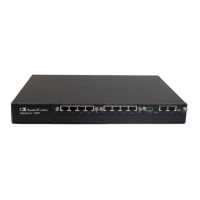
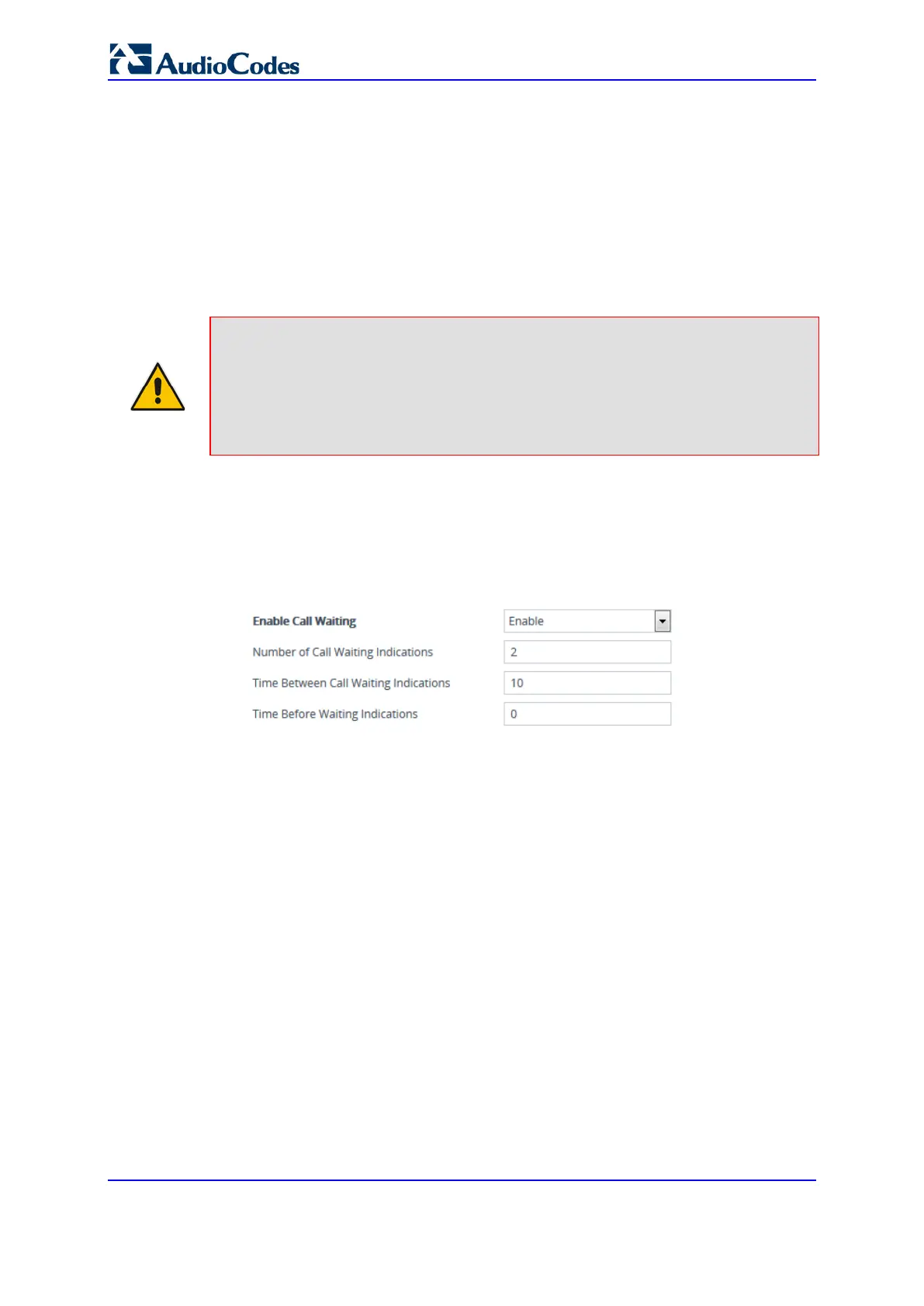